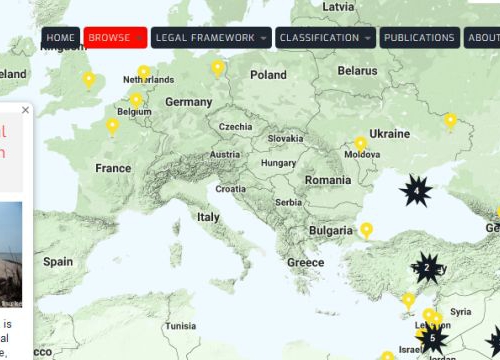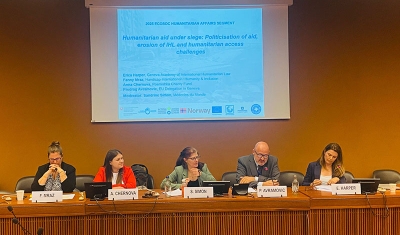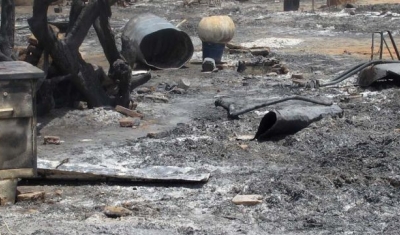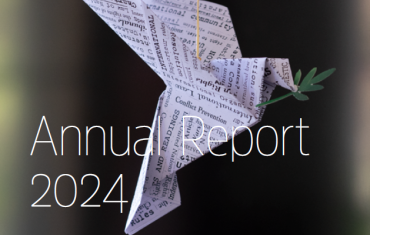Senegal: A Non-International Armed Conflict in Casamance


Geneva Academy
3 October 2019
The Senegalese government is engaged in a decades-old non-international armed conflict (NIAC) in Casamance, the southwestern limb of Senegal, with the Mouvement des Forces Démocratiques de la Casamance (MFDC), a decentralized non-state armed group aspiring to complete independence of the region.
Our Rule of Law in Armed Conflict (RULAC) online portal provides a detailed analysis and legal classification of this NIAC, including information about parties to the conflict, its classification as a NIAC and applicable international law.
Criteria to Classify the Armed Violence in Casamance as a NIAC
‘We use two criteria to assess whether a situation of armed violence amounts to a NIAC under international humanitarian law: the level of armed violence must reach a certain degree of intensity that goes beyond internal disturbances and tensions, and at least one side to the conflict must be a non-state armed group that exhibits a certain level of organization’ explains Tadesse Kebebew, Researcher at the Geneva Academy.
‘In this case, we considered that both criteria are met for the armed violence between the Senegalese armed forces and the MFDC, notably its core military force the Front Sud, a well-organized group which has operated south of the Casamance River with its rear bases mainly along both sides of the Casamance’s porous forested border with Guinea-Bissau’ he adds.
An Ongoing NIAC despite Several Ceasefire Agreements
Several attempts to end the conflict – including the ceasefire agreements on 31 May 1991, 8 July 1993, 27 December 1999, 30 December 2004 and 2014 - were not effective nor durable. Apart from occasional lulls in the fighting due to these ceasefire agreements, the conflict has been active since the 1990s and at times extremely brutal, causing the death of thousands of people, humanitarian crises and significant destructions.
‘The existence of a ceasefire agreement does not in itself put an end to a NIAC: violence frequently continues after the conclusion of such agreements and a NIAC. Similarly, a decrease in the intensity of violence does not imply that international humanitarian law (IHL) ceases to be applicable. Indeed, a NIAC continues until hostilities have ended with a certain degree of permanence and stability, or a peaceful settlement has been achieved. Accordingly, IHL continues to be applicable regardless of the oscillating intensity of violence’ explains Marco Sassòli, Director of the Geneva Academy.
No Foreign Interventions
While the conflict has been concentrated in the Casamance region, it has spillover effects in the neighbouring countries of the Gambia and Guinea Bissau.
Throughout the conflict, the Senegalese government has also accused Gambia and Guinea-Bissau of supporting the rebels and allowing them access to their territory. Though Guinea-Bissau has continuously denied the allegations, there are numerous reports indicating the opposite.
The Senegalese government also accused former Gambian President Yahya Jammeh of allowing the MFDC to maintain bases in the Gambia and support cross-border timber trade, in particular by illegally taxing companies operating in the timber trade.
‘However, even if substantiated, the logistical support provided by Gambia and Guinea-Bissau to MFDC in itself is not sufficient to transform the conflict into an International Armed Conflict by virtue of overall control’ explains Tadesse Kebebew.








